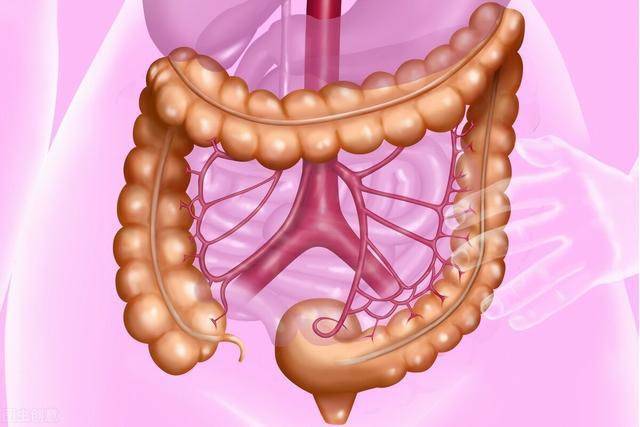
Knowing the tumor stage of colon cancer helps us know the extent of tumor invasion in the body, guides our doctors to choose appropriate examinations, and arranges the best treatment for patients.
First of all, we need to understand that the colon is composed of four parts: the ascending colon, the transverse colon, the descending colon and the sigmoid colon, with a total length of about one meter.

Secondly, you must be familiar with the structure of the colon wall. The colon wall is composed of multiple layers of tissue. Tumors originate from the innermost layer that comes into contact with food. This layer is called the mucosal layer. The next layer is the submucosa, which is loose connective tissue. Contains a large number of mucus glands, blood and lymphatic vessels and nerves. The third layer after that is called the muscularis propria.
The fourth layer outside the colon is called the serosal layer.

If left untreated, cancer cells can grow through the colon wall into the abdominal cavity and invade structures or organs outside the colon. Cancer cells can also break away from colon tumors and travel through lymph or blood to nearby lymph nodes.
The article is not finished. Click on the next page to continue.
The article is not finished. Click on the next page to continue.
Next page


















